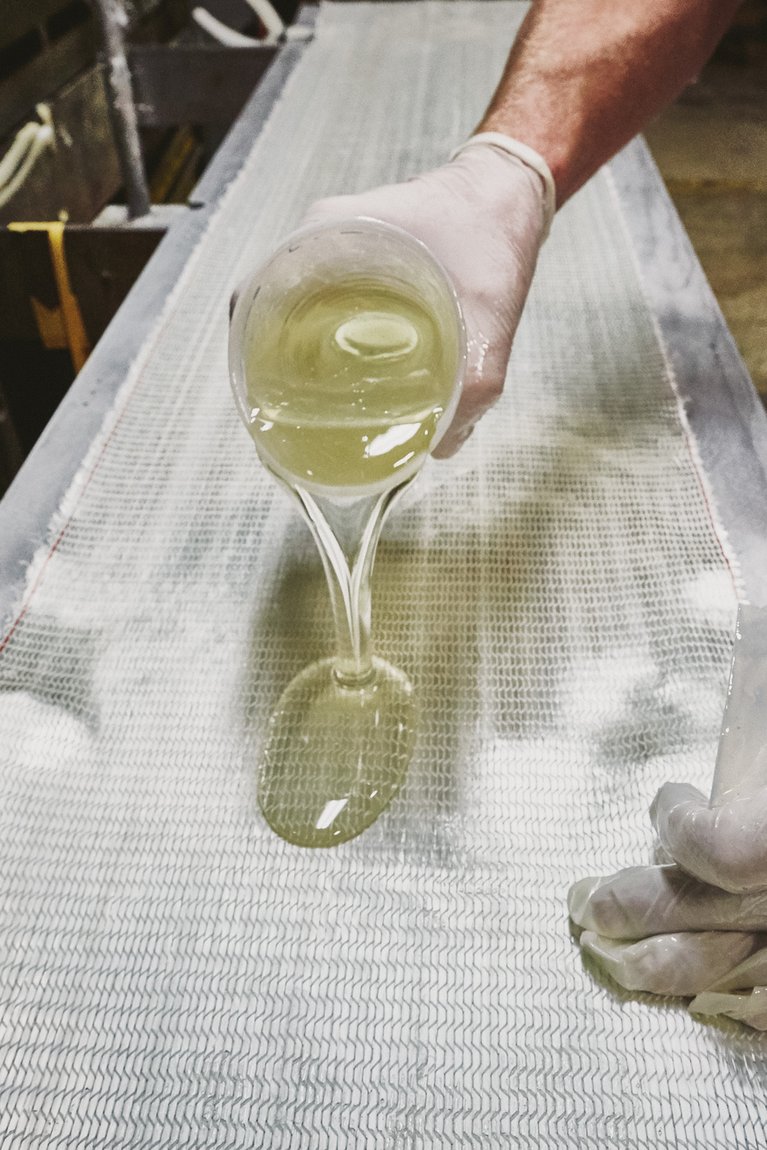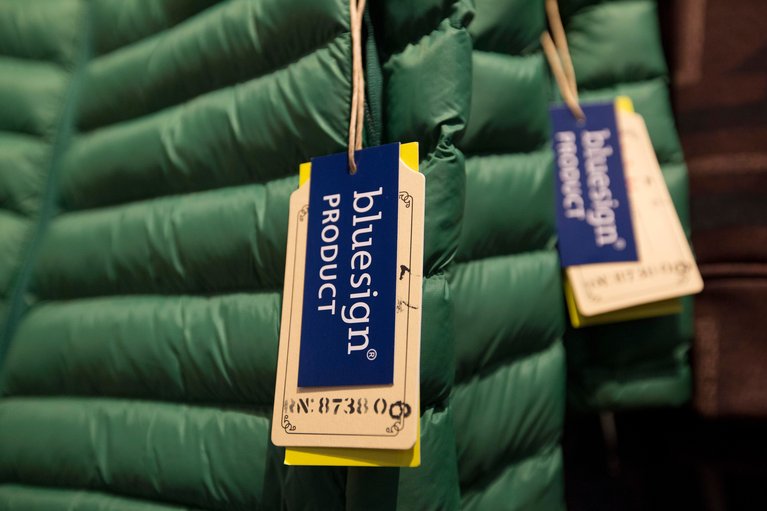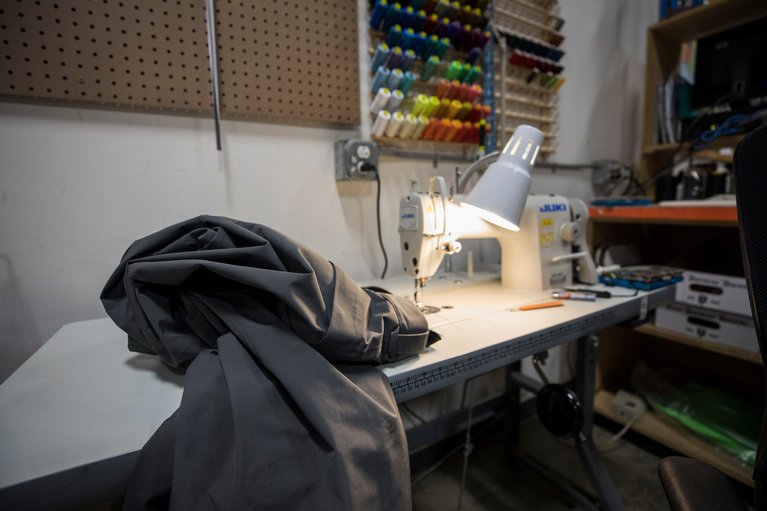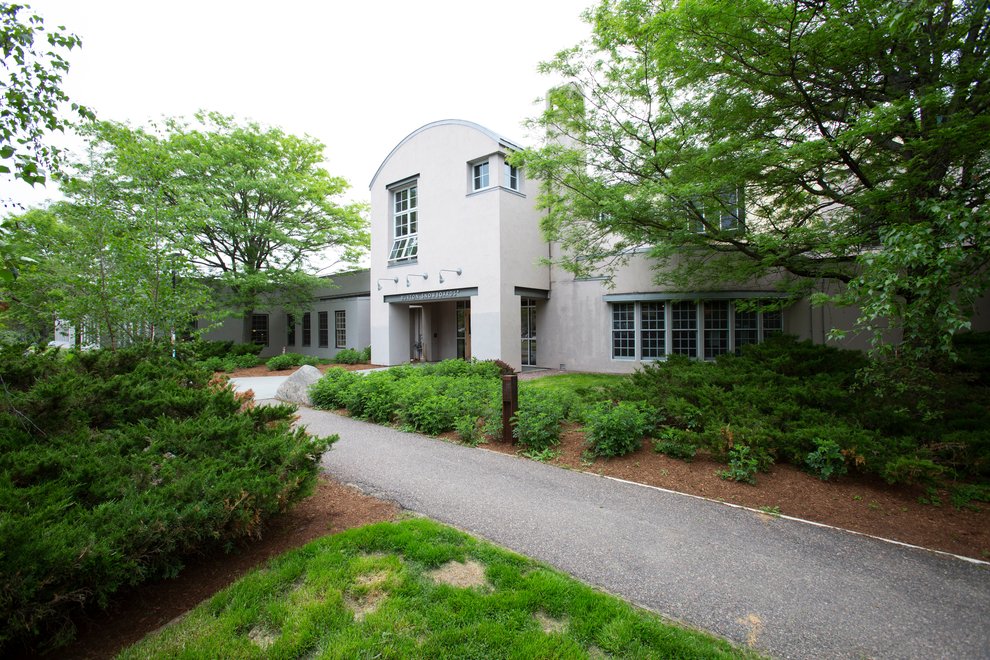2020 Sustainability Goals: Track Our Progress
Real talk: We’re only as good as the impact we have.
“Disruption and leading innovation on the mountain has always been part of our DNA,” says Burton Co-CEO Donna Carpenter, and sustainability is the next frontier we’re focused on. This isn’t the beginning for us: Burton’s Global Sustainability Department was started in 2012, and the journey is far from over. Earlier this year, we released our 2020 Goals, spanning everything from manufacturing, to packaging, office energy usage, and our Fair Labor standards. Making these goals a reality is hard work, but the success of our mission and the health of our people and playground depends on it. When you consider all that, it’s a no-brainer.
We have plenty of challenges ahead of us, but we’ll claim it: we’re industry trailblazers in sustainability. Two areas in which we’re leading the pack is in our Life Cycle Assessment (LCA) for hardgoods (meaning boards, boots, bindings, helmets, and goggles) and our bluesign® Products in softgoods (aka jackets, pants, and everything else). For a deeper dive into these two initiatives, keep reading.

20% Carbon Reduction
We’re aiming for a 20% Carbon Reduction in hardgoods production by 2022, and Life Cycle Assessment (LCA) is helping us get there. LCA allows us to see the environmental impacts of our hardgood products holistically, from extraction of natural resources through the manufacturing of the finished products.
For those of you who are visual learners, here’s an example from Burton Sr. Sustainability Manager Jenn Swain: “After finding that epoxy resin was a big contributor to the environmental footprint of each snowboard, we sought an alternative resin. Super Sap® is formulated with bio-based ingredients that reduce its carbon footprint by one-third. As of Winter 2019, Super Sap® is used in the production of all Burton snowboards.”
This is just one small piece of the puzzle. Burton’s product team is using LCA to reduce the carbon footprint of each hardgood product category by 20% over a five-year period, and we are leading the snow industry in using it across a wide range of products.
Progressing toward our carbon reduction goal isn’t always straightforward. In considering changes to materials and product design, we refuse to compromise on quality or technical performance. That means we’re working with current suppliers to transition toward renewable energy sources. Recently, one of our snowboard factories kicked off a rooftop solar installation to power production. These changes take resources, but the long-term benefit is invaluable.
100% bluesign® Product
Another one of our goals is to reach 100% bluesign® softgoods in the next few years. Burton has been a bluesign® System Partner since 2011, sourcing materials thatare responsibly crafted. Under this system, the manufacturing processes manage natural resources efficiently, produce cleaner air and water emissions, and use only chemicals that are deemed safe for people and the planet.


For Winter 2019, 81% of Burton outerwear was bluesign® Product. For Winter 2020, that number will climb to 91%. We’re aiming for 100% bluesign® softgoods by Winter 2022. This is an ambitious goal for us, but it also pushes the boundaries of the bluesign® System to include new chemistry and material types. Currently, bluesign® System Partners do not exist for all trim types that are used in our products, so we need to find new suppliers to meet this goal. This type of challenge is a large part of what our Senior Materials Manager, Ashish Ahlawat, does these days.
“We are changing the way material sourcing and development is done,” he says. “Instead of having price and aesthetics as the main factors driving materials development, we are starting with sustainability. It is the right thing to do, as it allows us to use materials that have the least environmental and social footprint.”

We still have our challenges, but tracking these issues gets us closer to a better future. We’re so proud of the work we’ve done, and we’re always challenging ourselves to go further. To keep tabs on our goals, we’ve added a new progress tab on our sustainability page. Follow us forward.